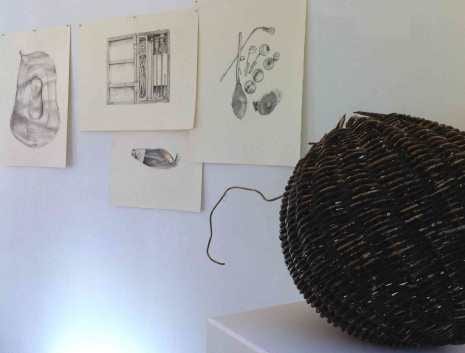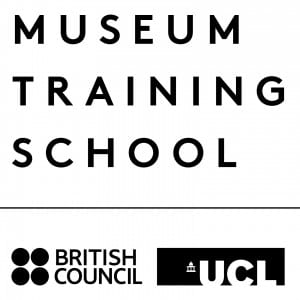In our continuing series to document the process behind the next exhibition in the Octagon, artists Mark Peter Wright and Helena Hunter who were chosen to work with curators and academic researchers from UCL led by Helen Pike, Public Programmer at The Petrie Museum give an update on their methodology. Mark is an artist and researcher working across sound, video, assemblage and performance and Helena’s practice spans performance, text and moving image. The blog offers a chance for ideas to be presented and hopefully engage comment and conversation!

Over the last couple of months we have been developing a concept and method for material display entitled The Cabinets of Consequence for the forthcoming new Octagon exhibition. This is a reference and adaptation of the ‘Cabinet of Curiosities’. Originating from a 17th century European tradition, cabinets of curiosity were ramshackle rooms furnished with an abundance of objects of artistry, craftsmanship and relics. Wunderkammers as they were called, productively disturb taxonomic conventions of display, however, the emphasis on curiosity detaches objects from their ethical and social-political contexts.
We want to destabilize hierarchies of display but not at the expense of the entangled geo-political histories of archives and processes of asymmetrical extraction on which objects have been collected.
We intend therefore, to emphasize the multiple ecologies (Guattari, 2000) around such materials. The central challenge for us is to hold onto the vibrant materiality of objects, whilst simultaneously projecting matter into its ethico-political milieu: an aesthetics of display that not only works backwards through history, but also forwards, through the present and its possible futures.
‘A new metaphysics (materialism) is not restricted to a here and now, nor does it merely project an image of the future for us. It announces what we may call a “new tradition,” which simultaneously gives us a past, a present, and a future.’ Dolphijn, R & Van der Tuin, I.
 Close
Close












